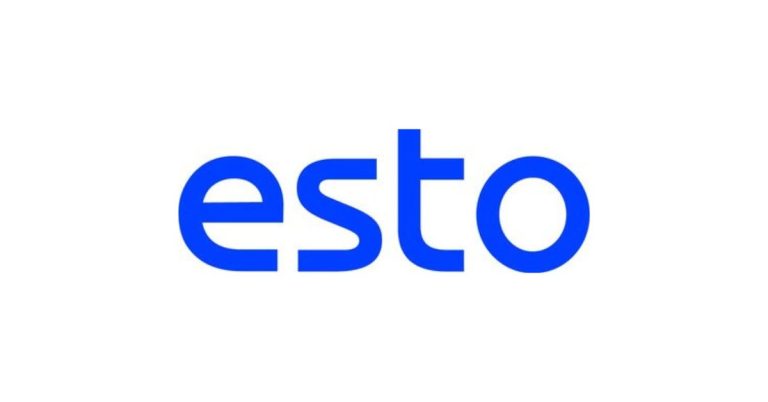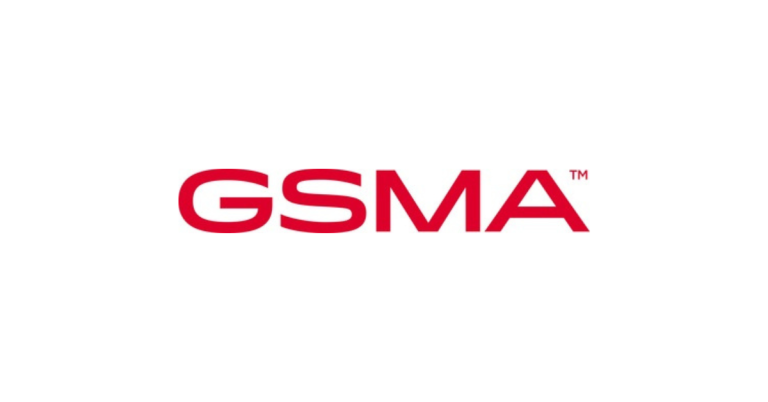The native token of the Ripple network, called XRP, is striking the headlines today as it shows good footing in a recovering cryptocurrency market. The XRP is also known to be focused on cross-border payments and real-time settlements, which have been popular with institutions that have been seeking efficient solutions to traditional finance.
Investors are optimistic because of new partnerships and new technologies that are emerging as a result of fresh developments. Focusing on speed and low costs, XRP remains a major player in the worldwide remittances and business blockchain applications, with both retail and professional traders interested.
XRP Price Today: Trading at $0.62 with Solid Daily Gains
XRP is valued currently at $0.62, which is an increase of 2.1% in the last 24 hours. The token has been on an upward trend, with new levels of resistance being overcome as the trading has increased.
The volume has exceeded 2.5 billion on a daily basis, which shows that there is strong interest amongst the players on the major exchanges. The market capitalisation has reached about 35 billion and portrays the continued relevance of XRP in the digital asset market.
The price move is the result of a short-term consolidation when XRP appeared to be supported at the $0.60 level. Buyers have taken the upper hand and pushed the token up on good news. The rally is subject to greater market gains, although XRP is performing better than others, indicating that there are certain catalysts involved.
The technical indicators depict positive trends with the moving averages following the positive trends to possible further future advances. The traders will be expecting a prolonged move above $0.65, which will possibly open more targets in the short run.
Ripple Enters Into Milestonic Collaboration with Asian Giant Bank
Most importantly, in a major breakthrough for the ecosystem, Ripple has declared a strategic partnership with one of the largest banks in Asia to incorporate XRP in international transfers.
This partnership will facilitate the process of remittances between significant markets with the help of the on-demand liquidity option of RippleNet. With XRP being a bridge currency, the alliance will result in quicker settlements and less expense than systems in the past, such as SWIFT.
The transaction is likely to handle billions of dollars every year, which will be a first of its kind in the use of XRP in real-life applications. Transaction times have already decreased to just seconds, and fees are reduced to just fractions of a cent by early pilots.
This will be a welcome measure as the Asian economic blocs are more focused on digital innovation, and the technology offered by Ripple fits the regional needs of efficient cross-border flows perfectly. This has been perceived by industry observers as a testament to the usefulness of XRP, which could lead to more of such tie-ups elsewhere.
Juridical Trust Improves XRP Investor Trust
After years of regulatory challenges, Ripple has attained another positive result in its pending court cases. Recent legal action made it clear that sales in the secondary market of XRP are not securities, and offered exchanges and holders the much-needed confidence. This move has eased the fears, which earlier burdened the token, regarding the price and liquidity.
The decision opens the door to XRP relisting on platforms that had blocked XRP due to uncertainties. Some of the big exchanges have already indicated that they intend to start trading pairs, which might improve accessibility and volume.
This is an essential clarity in terms of blockchain innovation, as noted by Ripple’s legal team. As the case appears to be approaching a close, many think that XRP will be able to recover, with the burden of litigation risks removed.
Upgrade of XRP Ledger Improves Scalability and Security
The XRP Ledger has released a significant upgrade this time and has added new features to enhance performance and resilience. Improvements to address higher throughput would include automated market makers to decentralized exchanges and better consensus mechanisms to address higher throughput. These modifications are in response to increasing pressures on the part of DeFi applications and NFT applications based on the ledger.
The upgrade increases transaction capacity to more than 1,500 per second whilst being energy-efficient, which is one of the differences as compared to networks that consume more resources. The developers are enthusiastic about the new tools that allow more complex smart contracts without sacrificing speed.
Together with the emphasis of Ripple on interoperability, this makes XRP a flexible resource in new Web3 economies. The testing nets have received a positive user response, and more are expected to be adopted in the gaming arena and tokenised assets.
Institutional Interest Surges with New XRP Funds
The inflows in the XRP-related products by institutions are increasing in speed as various new investment vehicles are being invested in. One of the largest asset managers has also launched an exchange-traded note, which tracks the price changes of XRP and gives regulated exposure to the price changes of the token. The product is aimed at professional investors who want to diversify in crypto portfolios.
Also, hedge funds have recorded larger investments in XRP on the basis of its prospects in payment systems. On-chain data indicate that there are massive transfers to the custody wallets, indicating stockpiling by the major players.
The trend is the opposite of volatility in other coins that are dependent on retail, which demonstrates the attractiveness of XRP to long-term investors. Liquidity will increase as additional capital flows into the space, and allow more prices to be discovered.
Localised Programmes are the Boosters of XRP
The XRP community is still going on, with grassroots initiatives to grow the ecosystem. New projects, such as XRP-based micropayment systems that enable content creators and supply chain tracking solutions, have been created in recent hackathons. These projects use the low fees of the ledger to facilitate micro-transactions that are not economical in other networks.
The grant program of Ripple has financed a number of startups, which have created a thriving developer ecosystem. These developments have received a lot of buzz on social media, and this has made them more visible, attracting new users. The resilience of the community despite the changes that it has experienced in the past has remained a source of organic growth and promotion of the real-life use of XRP.
XRP Outlook: Analysts Predict Climb to $1.00 Milestone
In the future, the market pundits are optimistic about the outlook of XRP; the speculation will see the currency hitting the 1.00 mark in the near term. The new partnerships, legal wins, and technical upgrades are considered catalysts, and they reinforce the fundamentals of the token. XRP has a focus on utility instead of speculation, which in a developing crypto market may result in the long-term appreciation of the currency.
Ripple has a compliance-centred approach that eliminates potential headwinds, including regulatory changes in other jurisdictions. With the growing volume of payments worldwide, XRP will have a solid chance of experiencing a higher demand for effective solutions. The fact that the token is integrated into the fintech stacks further establishes itself in the digital economy.
As the events occur, the XRP ecosystem awaits further news that might boost the movement. Having a history of innovation and flexibility, XRP can be a relatively attractive choice to those who want to bet on the future of borderless finance. Combining speed, cost-effectiveness and institutional support, it is an excellent and unique product in the saturated crypto arena, with its future even more promising.












 Bitcoin
Bitcoin  Ethereum
Ethereum  Tether
Tether  XRP
XRP  USDC
USDC  Solana
Solana  Lido Staked Ether
Lido Staked Ether  TRON
TRON  Cardano
Cardano  Avalanche
Avalanche  Toncoin
Toncoin